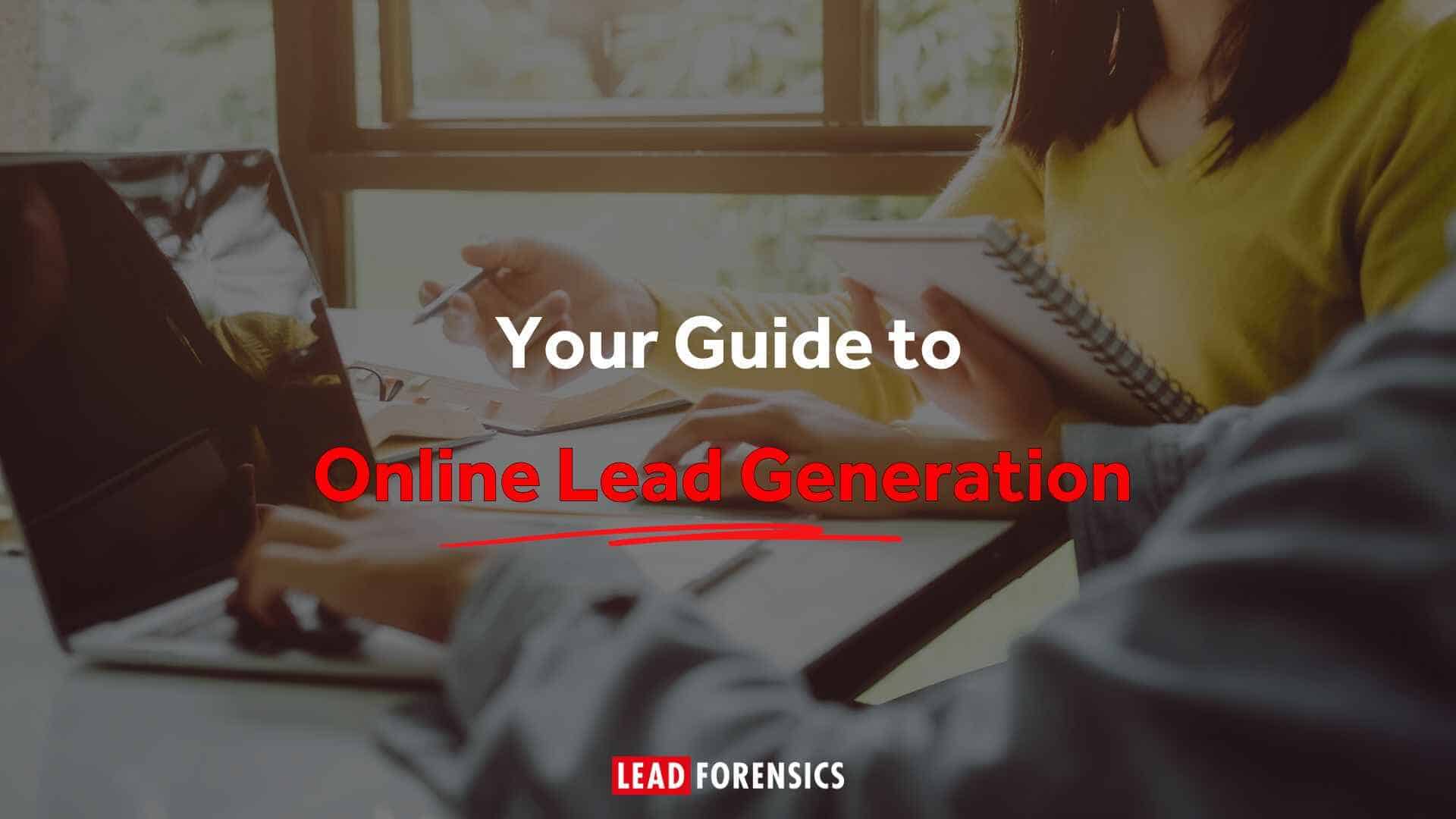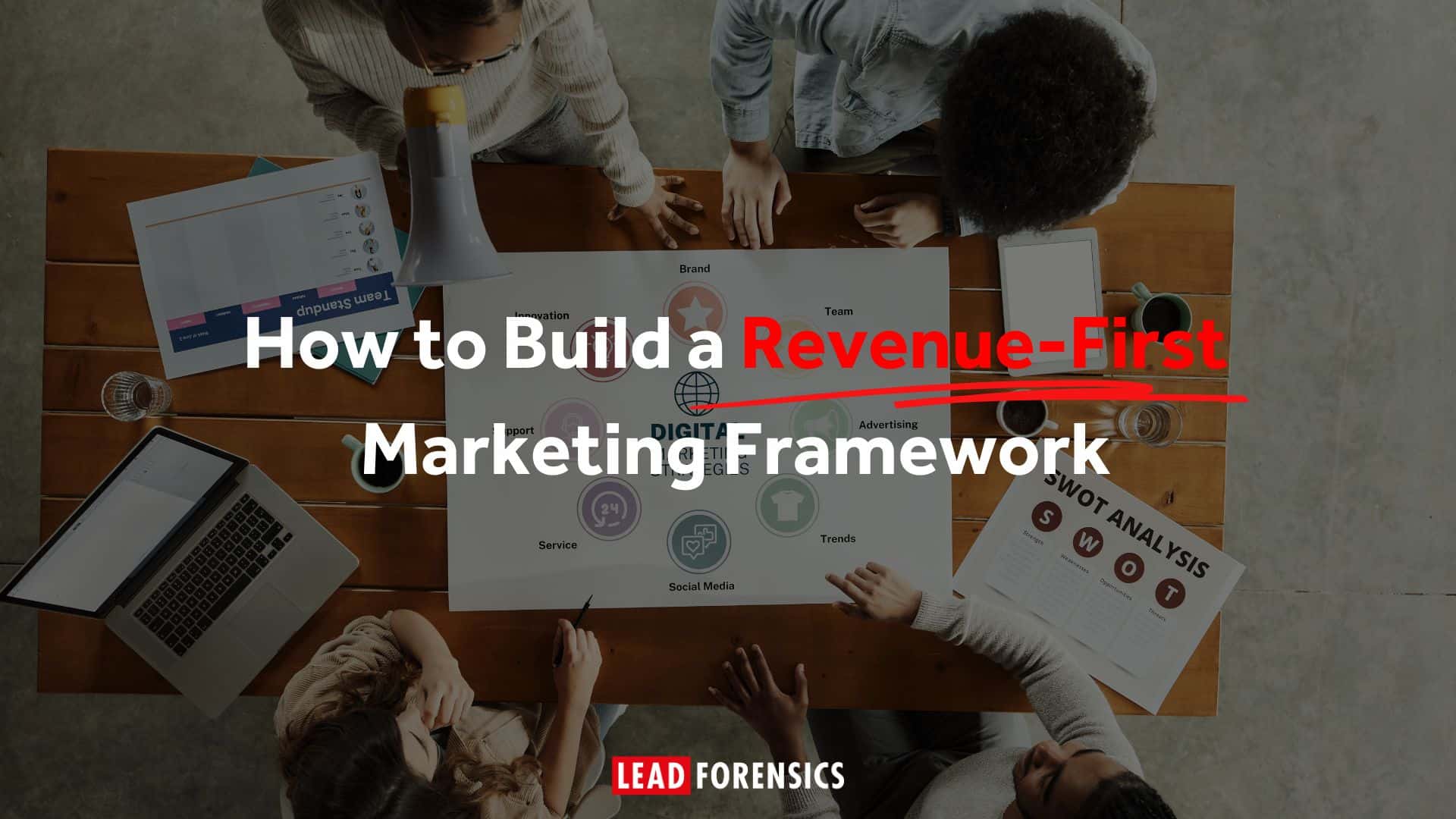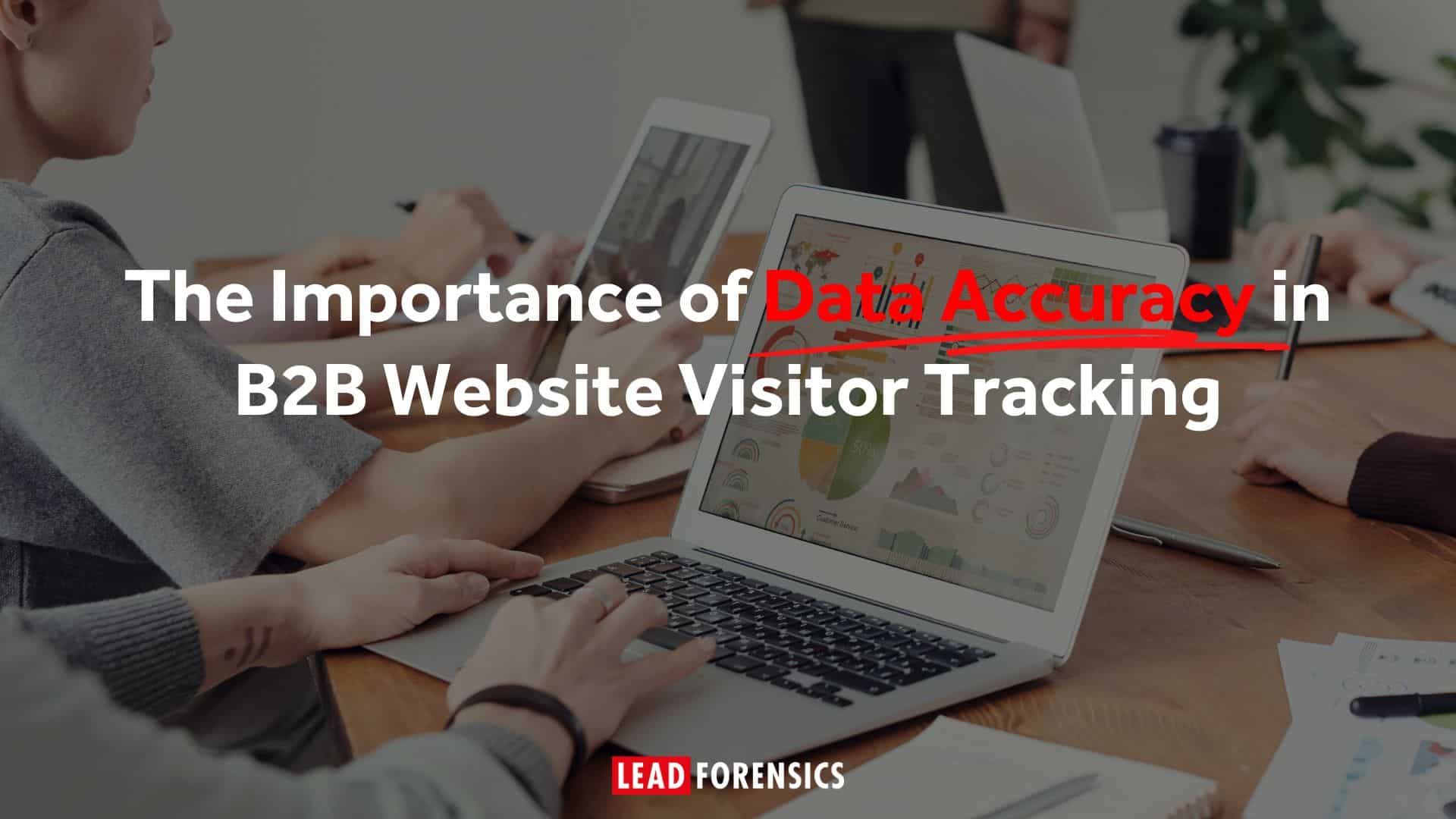If you’ve got a B2B website, you’re probably spending hours on your online lead generation. But with conversion rates stuck at 2%, it may feel like your lead gen strategy isn’t working as well as it should.
What is Online Lead Generation?
Online lead generation is all about leveraging online tools and tactics to build your pipeline with leads. That could look like prospecting on LinkedIn, refining your email marketing campaigns, boosting your content marketing or using chatbots to engage prospects.
If it’s digital, it’s probably online lead generation.
What is Offline Lead Gen?
Your online lead generation can be supplemented by offline lead-building tactics like networking events and conferences, workshops and seminars, or direct mail gifting.
This more traditional approach is really good at building trust and new relationships, and it’s the only way you can reach prospects who aren’t active online. But it’s often costly, labor-intensive and challenging to scale.
Online Lead Generation in 2025
With B2B procurement groups getting bigger than ever, and the buying process slowing down, it’s never been more important to grown your own first-party data. But the age-old tactics like whitepaper downloads and webinar registrations aren’t as effective as they used to be, which means you’re not able to generate as many leads from your website as you used to.
If you find your dark funnel is growing, and you’re struggling to see which companies are actually interested in your brand, these website lead generation ideas should provide some inspiration to help you turn it around before your next quarter.
1. AI-Powered Personalization: From Segments to Signals
The world of online lead generation is in the midst of a personalization revolution, and generic drip campaigns are becoming obsolete.
That’s because AI-powered tools, with their advanced machine learning algorithms, are enabling businesses to craft content and campaigns tailored to individual user behaviors, preferences, and needs. It’s about delivering the right message to the right person at the right time, every single time.
You can even ask ChatGPT to personalize countless copy variations for you, helping produce content at scale. And if you’ve got access to ChatGPT’s Agent Mode, you can even task it to review prospects’ websites and come back with the perfectly personalized messaging that fits them like a glove.
This means you can tailor every single touchpoint for a prospect. From their initial point of contact through to post-sale engagement, every interaction can now be personalized to ensure clients feel valued and understood at every stage of their journey.
For B2B businesses looking to stay ahead of the curve, embracing this next level of AI-driven personalization will be key to forging deeper connections and driving unparalleled growth from your online lead generation.
2. Immersive AR & VR: Experience-Led Lead Qualification
The traditional product sheet has given way to immersive experiences that enable prospects to engage with your products or solutions in entirely new ways.
For example, virtual reality allows B2B buyers to do things like explore manufacturing facilities, attend digital trade shows, or even simulate operating complex machinery. Augmented reality enhances this further by bringing product interactions into a buyer’s physical space.
These tactile experiences help to foster deeper understanding and emotional engagement, making them powerful tools for qualifying leads in industries where products are complex or investment-heavy.
3. Voice Search Optimization: Capture Conversational Intent
You’ve only got to look at the explosion in popularity of voice notes to know that people are becoming more comfortable – and confident – in using voice over typing. And it’s changing how people look for things.
With assistants like Siri, Google Assistant and ChatGPT using voice interfaces, search behavior has shifted from keyword fragments to full, conversational queries. That means instead of typing “what is the best lead generation software for B2B,” users are asking their apps with their voices.
This evolution requires marketers to adjust their content-led online lead generation strategy towards natural language optimization, rich FAQ content, and schema-enhanced pages. Particularly for B2B marketers, it’s not just about plugging in keywords; it’s about understanding and anticipating the conversational queries potential clients might use.
4. Video-First Content That Converts on Camera
In today’s online lead generation landscape, video has moved from optional to essential. B2B buyers now expect instant access to product demos, behind-the-scenes content, and expert-led explainers.
Consider webinars, for instance. They’re not just presentations; they’re interactive sessions where potential leads can ask questions, dive into topics, and engage with experts in real-time. It’s a two-way street of information exchange, fostering a sense of community and connection.
Then there are product demos. A well-crafted video demo doesn’t just list features; it showcases benefits. It allows potential clients to visualize how your product or service fits into their operations, solving problems and adding value. It’s one thing to tell a lead that your product is revolutionary, but it’s another altogether when you show it in action.
Live streams take this a step further by offering real-time engagement. They humanize your brand, allowing leads to interact with the faces behind the name, ask questions, and get immediate responses. It’s spontaneous, authentic, and incredibly powerful in building trust.
It’s worth investing in: a recent Wyzowl report found that 72% of B2B buyers are more likely to convert after watching a video about a product or service. In a competitive funnel, video accelerates decision-making and improves lead-to-opportunity conversion rates.
5. Integrated Martech Platforms: From Siloed Tools to Single Source of Truth
Marketing teams have long struggled with fragmented data across CRMs, analytics dashboards, and email tools. But the shift toward unified marketing platforms addresses this challenge head-on.
Today, successful marketing leaders are combining their online lead generation support tools like HubSpot or Salesforce with attribution tools such as GA4, and website visitor identification platforms like Lead Forensics.
The result is a single, synchronized view of the buyer journey. It helps ensure that every lead is nurtured, tracked, and engaged with, from the first touchpoint to the final sale. And by streamlining operations, you reduce the risk of missed opportunities and see to it that every potential client gets the attention they deserve.
These integrations also mean you can effortlessly sync your lead data to keep that your sales and marketing teams on the same page and working with real-time insights. It’s about making your tools work smarter, not harder, and driving results with precision and efficiency.
6. First-Party Data Strategy: Post-Cookie Lead Generation
With third-party cookies on their way out and privacy regulations tightening, first-party data has become the cornerstone of modern online lead generation.
Businesses are turning to website analytics that reveal anonymous visitor data, leveraging tools like Lead Forensics to capture high-intent activity that would otherwise go unnoticed. Gated content, chatbot interactions, and opt-in surveys are all feeding more robust CRM profiles. This data is not only more accurate and compliant, but it fuels more relevant retargeting and segmentation efforts. First-party data strategies are helping marketers future-proof their demand generation efforts in a privacy-conscious world.
7. Sustainability & Social Proof: Values-Based Lead Attraction
B2B buyers are increasingly considering more than just product specs; they want to work with companies that reflect their values. As environmental, social, and governance issues grow in importance, businesses are being evaluated on their sustainability commitments, diversity and inclusion practices, and ethical standards.
For B2B businesses, this means that sustainability and social responsibility can’t just be checkboxes or afterthoughts. They need to be woven into the very fabric of the company’s operations, culture, and brand narrative.
Whether it’s adopting eco-friendly practices, supporting community initiatives, or ensuring ethical supply chains, these efforts need to be genuine, transparent, and front and center.
Showcasing a commitment to these values isn’t just about attracting leads; it’s about attracting the right leads. Engaging with clients who share these values often results in deeper, more meaningful partnerships. These are clients who are likely to be loyal, engaged, and collaborative, seeing the relationship not just as a transaction but as a joint venture towards a better future.
8. Community-Led Growth: From Audience to Advocacy
Marketing is no longer a one-way broadcast. The rise of community-led growth means that brands are building ecosystems around shared interests and peer validation.
Whether it’s a private Slack group, a LinkedIn thought leadership hub, or a user-powered webinar series, communities drive long-term engagement and reduce reliance on paid online lead generation.
They also offer invaluable insights into customer needs and provide a platform for advocacy that multiplies reach. Leads coming through community channels tend to convert faster and stick longer, thanks to the trust and credibility embedded in the network.
In essence, community building is about shifting the narrative from “What can we sell?” to “How can we serve?” It’s about recognizing that in the digital age, where choices are aplenty, genuine relationships and trust are the true differentiators. By investing in community building, businesses are not just aiming for short-term transactions; they’re laying the foundation for long-term partnerships and sustained growth.
9. Omnichannel Orchestration: A Unified Buyer Journey
Modern buying journeys are anything but linear. A prospect might engage with your LinkedIn ad, sign up for a webinar, visit three product pages, and download a whitepaper, all before speaking with sales.
But an effective omnichannel online lead generation strategy connects these dots, ensuring that messaging, tone, and next steps are cohesive across all channels. More importantly, behaviors in one channel inform interactions in another, creating a personalized and frictionless experience.
Businesses that master omnichannel orchestration see higher retention, faster lead progression, and better ROI attribution, enabling smarter spend allocation.
Need More Online Lead Gen Inspiration?
Discover how CSI Ltd increased their lead generation by 650% and generated $2.5m in additional revenue using Lead Forensics – or read our guide to B2B lead generation for more tips.
Want to try for yourself? Claim your free trial now.






